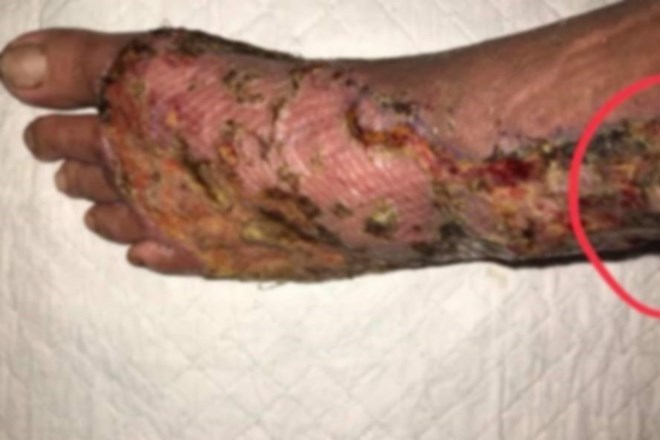
Unknown infection
The Department of Emergency and Intensive Care ( Hanoi Medical University Hospital) admitted a 38-year-old male patient, a teacher at a primary school in a mountainous area in Son La, to the hospital due to a fever on the second day accompanied by bilateral joint pain and severe fatigue. The fever lasted only 2 days, but upon admission, the patient was in a state of septic shock, multiple organ failure, respiratory failure, heart failure, and kidney failure. At the same time, the patient responded very poorly to initial active treatment measures, and the infection continued to progress throughout the body.
The patient's blood culture results showed the bacteria Burkholderia pseudomallei causing Whitmore's disease.
At the 108 Military Central Hospital, a male patient (64 years old), from Giao Thuy district, Nam Dinh province, was taken to the Department of Internal Medicine Resuscitation and Anti-Poisoning in a state of septic shock and multiple organ failure. The patient had a rapidly spreading foot infection.
The patient's initial injury was in the foot area around the open wound, after a few hours it quickly spread to the left calf and thigh with symptoms of sharp pain, blisters, bruising of the damaged skin area, and sensory disturbances. The injury was determined to be necrotizing fasciitis causing severe toxic infection.
After being admitted to the hospital, the patient was put on a ventilator, had his blood filtered, had the skin and fascia incised, and had wound fluid and blood cultured. The results were positive for Vibrio vulnificus - a gram-negative bacterium, considered one of the "flesh-eating bacteria" because its toxins destroy connective tissue and other tissues in the body. This bacterium often causes widespread necrotizing fasciitis and is quickly fatal if not treated promptly.
High mortality rate
According to medical literature, cases of Burkholderia pseudomallei infection with septic shock have an extremely high mortality rate, the bacteria will spread throughout the body, forming many systemic abscesses that respond poorly to antibiotics. For that reason, Burkholderia pseudomallei is known as flesh-eating bacteria.
MSc. Dr. Nguyen Thi Huyen Trang, Department of Internal Medicine and Anti-Poisoning, Intensive Care Center (108 Central Military Hospital) said that in the case of the 64-year-old patient, Vibrio vulnificus bacteria is often found in saltwater, brackish water in tropical and subtropical coastal areas with water temperatures above 20 degrees Celsius. The risk of Vibrio vulnificus infection can be caused by eating foods containing bacteria such as raw oysters or exposure to bacteria through open wounds such as direct contact with seawater, brackish water while working or playing at sea. People susceptible to infection are people with chronic diseases, immunodeficiency, and diabetes.
Common injuries include swelling, redness, pain, blisters or purulent inflammation, skin necrosis that spreads rapidly within hours or days, accompanied by symptoms of systemic infection, shock, hypotension, organ failure, coma, and death.
Mortality is associated with early antibiotic use.
According to a report of 62 cases of Vibrio vulnificus infection in Florida, USA, early use of antibiotics within 24 hours of hospitalization had a mortality rate of about 33%. This rate increased to 53% when antibiotics were used within 24 - 48 hours and 100% if antibiotics were used after 48 hours.
This bacterium is susceptible to most antibiotics in vitro (in the laboratory) except Colistin.
To prevent the risk of infection with this “flesh-eating bacteria”, people should avoid eating raw seafood, avoid contact with open wounds with seawater, brackish water or raw seafood, especially shellfish, and be more careful for people with weakened immune systems, diabetes, or chronic diseases. Wash wounds with soap and clean water if exposed to seawater, and go to a medical facility immediately if there are any symptoms of swelling, pain, or blisters in the damaged skin area after exposure to a risky environment.
Source: https://laodong.vn/suc-khoe/vi-khuano-an-thit-nguoi-nguy-hiem-den-tu-nhung-sinh-hoat-hang-ngay-1366185.ldo


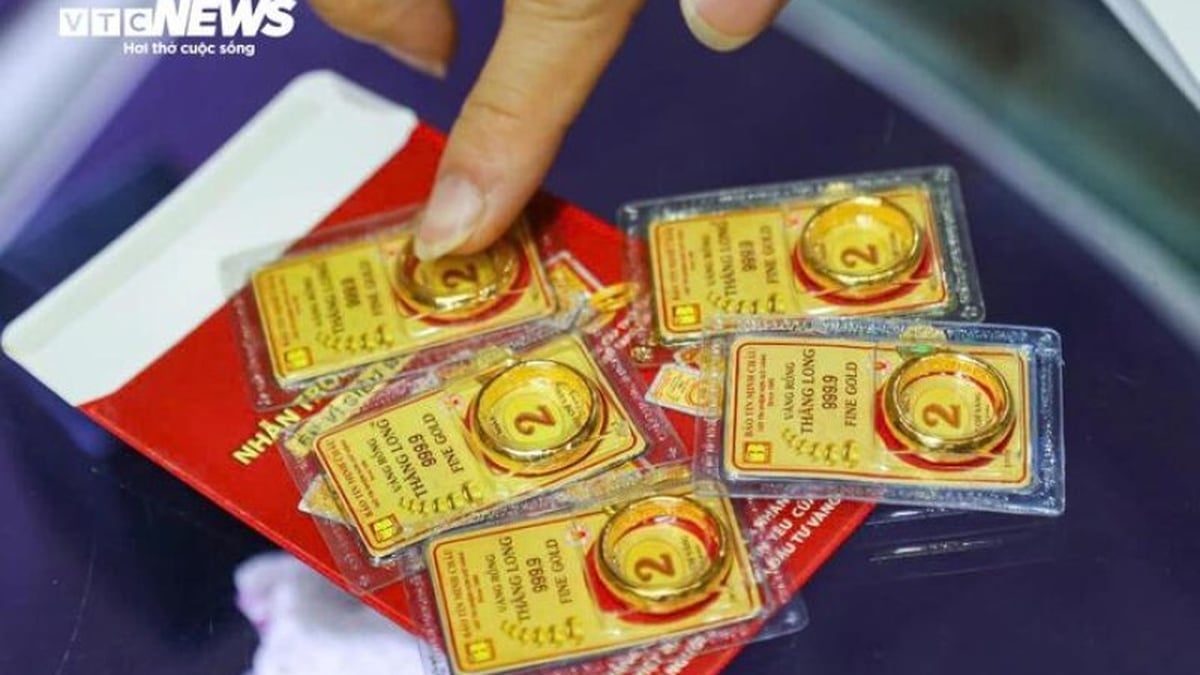

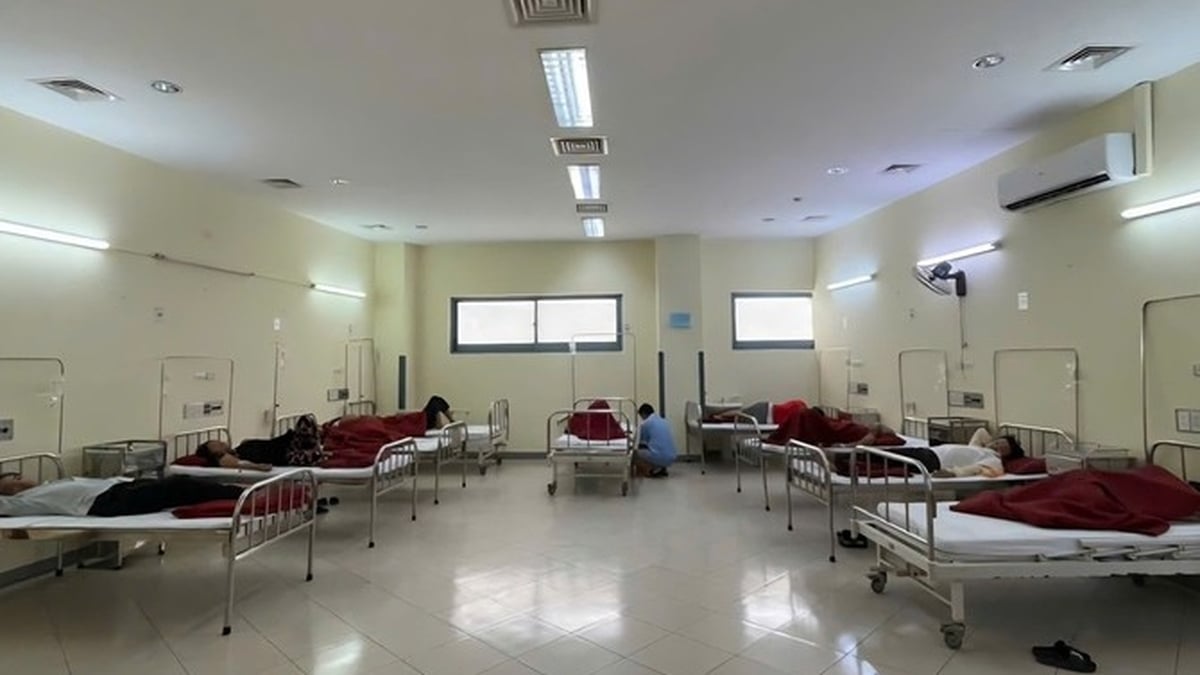



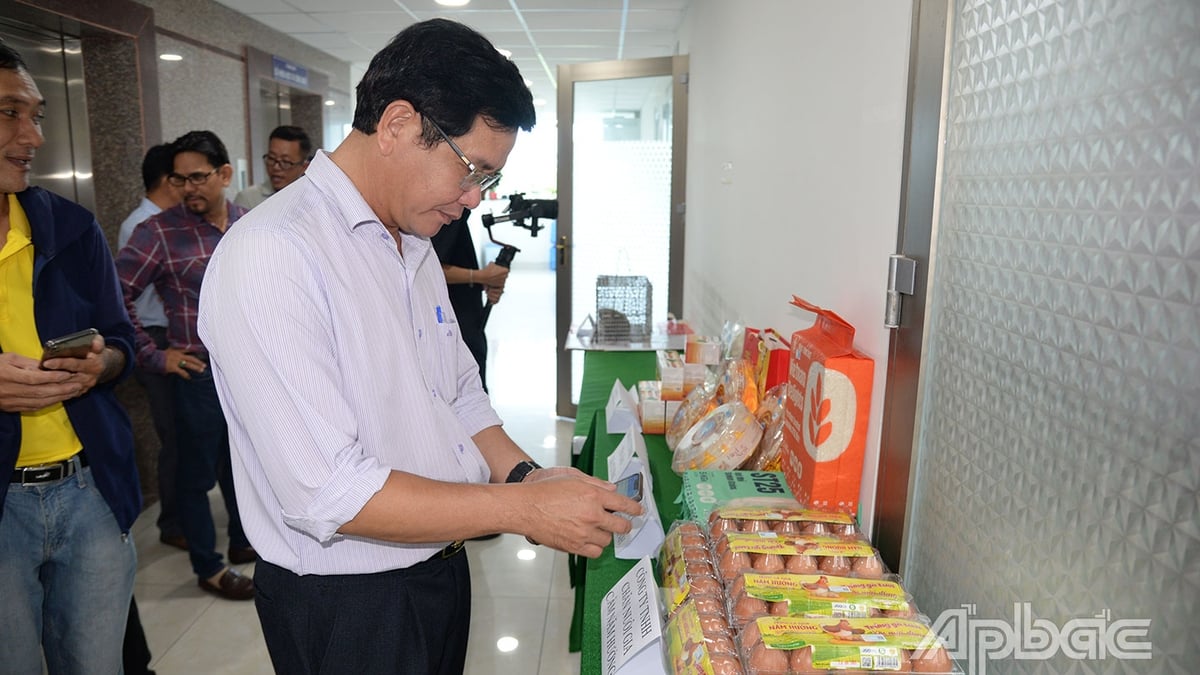

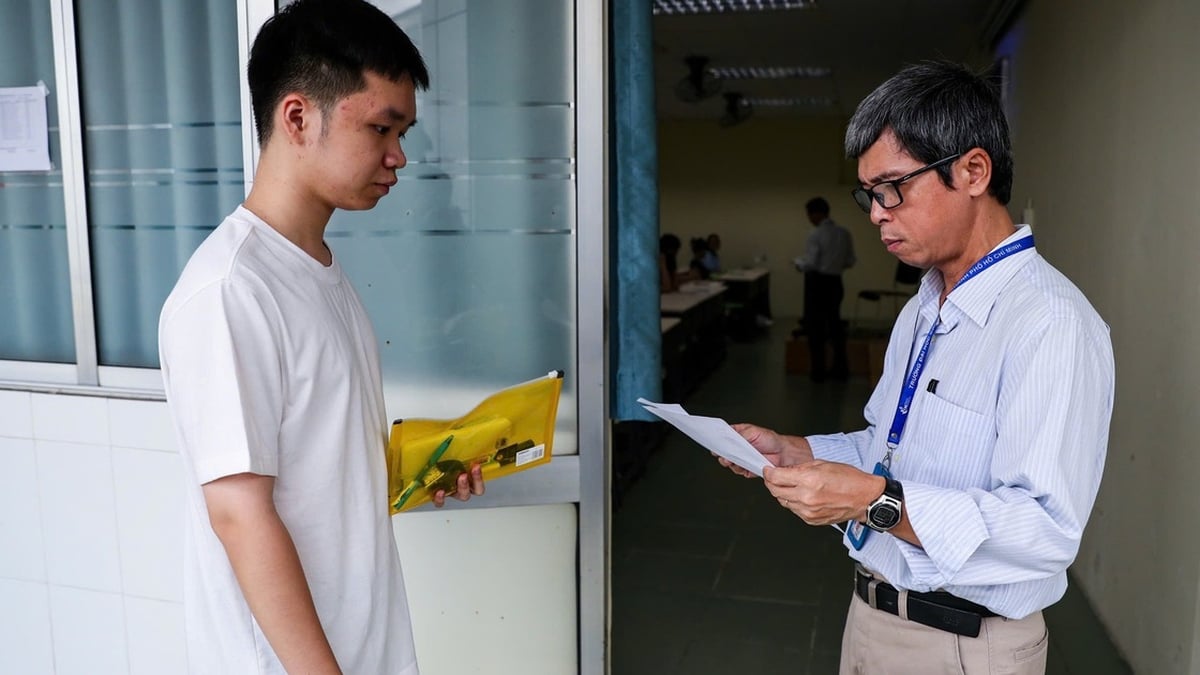


















![[Photo] National Assembly Chairman Tran Thanh Man visits Vietnamese Heroic Mother Ta Thi Tran](https://vphoto.vietnam.vn/thumb/1200x675/vietnam/resource/IMAGE/2025/7/20/765c0bd057dd44ad83ab89fe0255b783)



























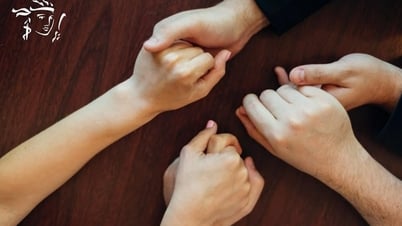










































Comment (0)